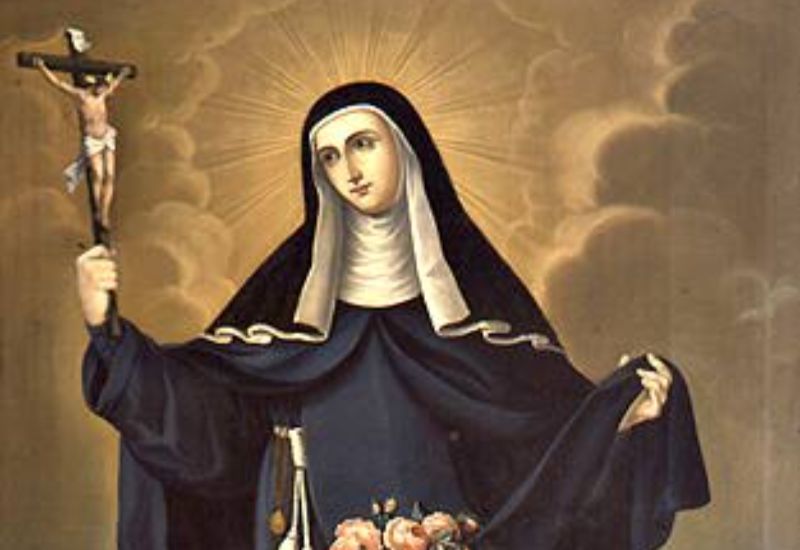November is the month of remembrance, traditionally dedicated to All Saints. Echoing the spirit of Bishop William Walsham How’s beloved 1864 hymn ‘For All the Saints’, this month invites reflection on lives of holiness, courage and devotion.
All Saints’ Day has held a place in the liturgical calendar since the 8th century, when Pope Gregory III dedicated a chapel in St Peter’s Basilica to all saints. Its universal observance on 1 November was later formalised by his successor, Pope Gregory IV, in 837 AD.
As many will join together to celebrate All Saints’ Day, this month we’ll take a moment to explore some of Portugal’s most treasured saints, and some folklore figures who have been equally venerated across the country.
Saint Isabel of Portugal | Rainha Santa Isabel
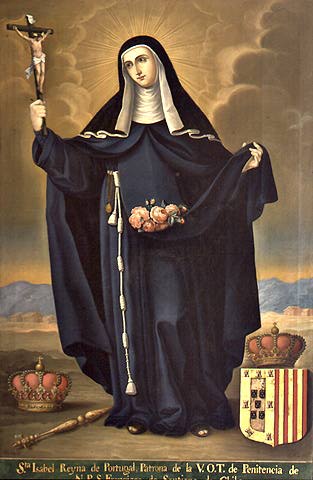
St. Isabel, Queen Consort of Portugal, was married to the infamous King Dinis in 1282 when she was just 11 years old. Born a Spanish princess in 1271 in Zaragoza, Spain, she was known for her deep piety, charity and peace-making abilities. She was often invited as a mediator to prevent conflict – most famously between her husband and their son, Infante Afonso. Dinis favoured his illegitimate children, granting them lands and privileges to the disgust of his rightful son and heir. Fearful of being sidelined, Alfonso ended up in an open rebellion with his father, which escalated into armed conflict. Isobella’s diplomatic efforts brought an end to the conflict and led to a peace treaty that prevented more bloodshed and civil war.
Devoted to the poor, Isabel founded hospitals, orphanages, and convents. While secretly carrying bread to the hungry, Isabel was confronted by the king. Upon opening her cloak, the bread had miraculously turned into roses.
After King Dinis’ death in 1325, Isabel retired to a convent in Coimbra and lived a life of prayer and service. She died on 4 July 1336 in Estramoz Castle, while orchestrating a peace mission to reconcile her son, King Afonso IV, with the King of Castile. She was buried in Coimbra, at the Monastery of Santa Clara-a-Nova. It was in 1625 that Pope Urban VIII canonised St. Isobel, and her tomb remains a place of pilgrimage to this day.
Saint Anthony | Santo António de Lisboa
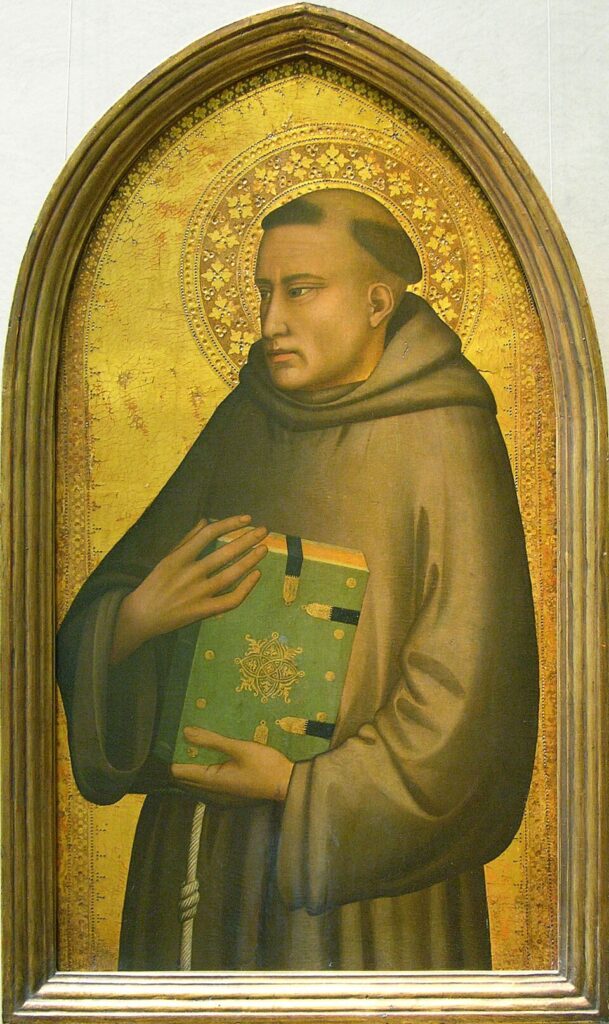
St. Anthony is arguably Portugal’s most beloved saint. The patron of Lisbon is also known as the patron of lost things. A universal proverb is to ask St. Anthony three times for a lost object as a prayer for it to be found. Many have said it often miraculously works.
Born Fernando Martins de Bulhões in Lisbon to a wealthy family in 1195, he joined the Augustinian Order and later became a Franciscan friar.
Inspired by the martyrdom of Franciscan missionaries in Morocco, he was renowned for his powerful preaching, deep knowledge of scripture, and miracles. One famous legend tells of him preaching to fish when people refused to listen – to the astonishment of the crowd, the fish gathered and paid attention to his teachings.
During his later life, when Anthony was robbed of one of his most valuable psalters (a book of psalms), his “lost things” patronage began. After Anthony prayed for the return of his lost psalter, the thief was moved to return it, leaving his troubled past behind. He later became a friar himself, devoting his life to the Lord. St. Anthony, or Santo António, died in Padua, Italy, in 1231, at the age of 36. He was canonised less than a year later on 30 May 1232 by Pope Gregory IX due to the extensive miracles that were attributed to him.
Known as the patron of Lisbon, the capital celebrates his legacy every year on his feast day, 13 June, with vibrant street festivals serving grilled sardines as part of the Festas de Lisboa. Today, the name Antonio ranks among the top ten names for Portuguese males in reference to the country’s best-loved saint.
Saint Theotonius | São Teotónio

Saint Theotonius is known as Portugal’s first saint. He was born in 1082, into a noble family in Coimbra, and received a strong religious education from an early age. He became a priest and was known for his dedication to the poor. After a pilgrimage to the Holy Land, he returned with a renewed spiritual outlook on life and decided to live a life of simplicity and service.
In 1132, he co-founded the Monastery of Santa Cruz in Coimbra, which became a centre of religious reform and learning. As its first prior, Theotonius led with wisdom and compassion, encouraging the clergy to live according to the Rule of Saint Augustine. He was a trusted advisor to King Afonso I but refused political honours, choosing instead to focus on prayer and pastoral care.
Theotonius was revered during his lifetime and canonised shortly after his death on 18 February 1162. His legacy lives on in Coimbra, where he is honoured as a model of holiness and piety.
Saint John of God | São João de Deus

São João de Deus may be a prominent Avenida in Portimão where locals visit the city market, but its namesake is actually one of Portugal’s most revered saints. Born João Cidade in 1495 in Montemor-o-Novo, 100km east of Lisbon, St. João (St. John) spent much of his early life in the military, serving as a soldier on the front lines. After hearing a sermon by Saint John of Ávila in Spain, he experienced a profound conversion and dedicated his life to serving the poor and sick.
Moving to Spain, Sao João began caring for the sick in the streets of Granada, often using his own cloak as a stretcher. Whilst onlookers thought he was mad and briefly confined him to a mental institution, his faith and kindness inspired others to follow in his footsteps to comfort the sick and needy. São João eventually founded a house for the sick, which became the start of the Hospitaller Order of Saint John of God, now a global network of hospitals and care centres.
São João died on 8 March 1550 in Granada, Spain, after rescuing patients from a fire and collapsing from exhaustion. He was canonised on 16 October 1690 by Pope Alexander VIII and is the patron saint of hospitals.
Saints Francisco and Jacinta Marto
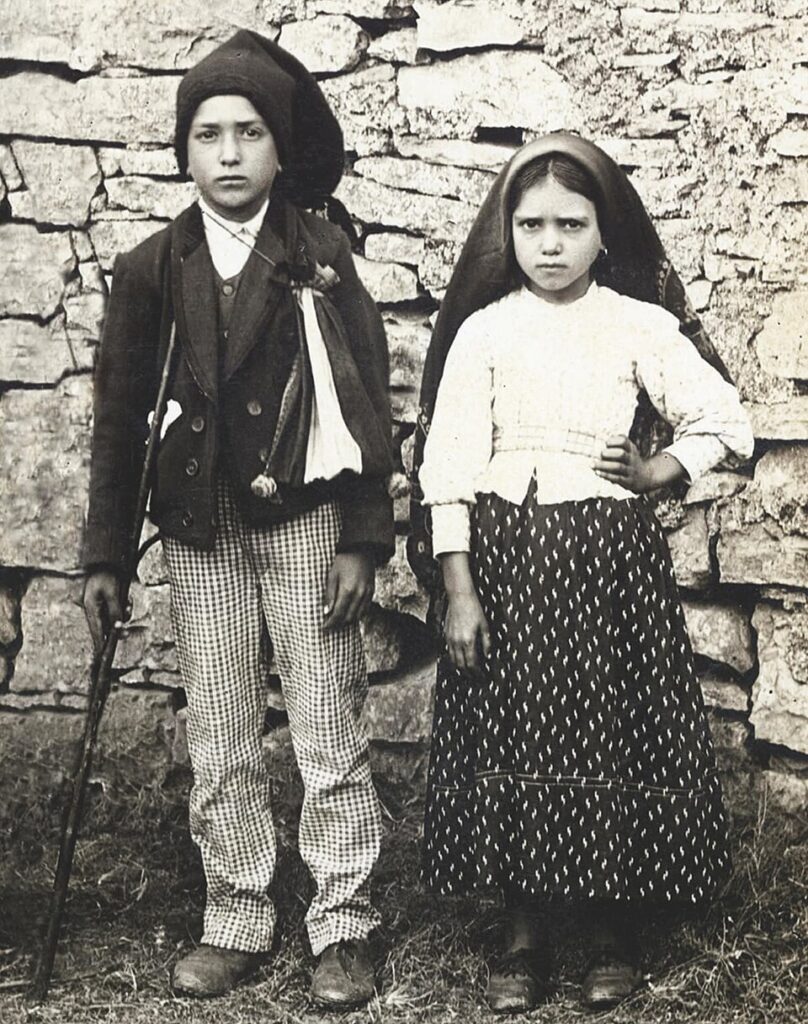
Saints Francisco and Jacinta Marto are two of Portugal’s more modern saints.
Born in 1909 and 1910, respectively, in Aljustrel, near Fátima, the siblings were two of the Three Seers of the famous Marian apparitions in Fátima, alongside their cousin Lúcia dos Santos. The three deeply religious shepherd children reported seeing three apparitions of the Angel of Peace in 1916, which prepared them for the extraordinary events of the following year.
Between May and October 1917, the children claimed to have witnessed six apparitions of the Virgin Mary at Cova da Iria. The Lady, later known as Our Lady of Fátima, urged them to pray the rosary daily, offer sacrifices for sinners, and spread devotion to her Immaculate Heart. During the visions, the children were told of their deaths, and that Lúcia would live much longer to serve the duty of God.
Both children were victims of the 1918 influenza pandemic. Francisco died on 4 April 1919 and Jacinta on 20 February 1920. Their cousin Lúcia lived until 2005 and became a Carmelite nun.
They were beatified in 2000 by Pope John Paul II and canonised in 2017 by Pope Francis, becoming the youngest non-martyr saints in Church history.
Folklore saints
Whilst not formally canonised by the Catholic Church, there are a number of Portuguese figures that are venerated, who could be called “unofficial saints”, each etched in local folklore, each attributed to devotion.
Dr José Tomás de Sousa Martins
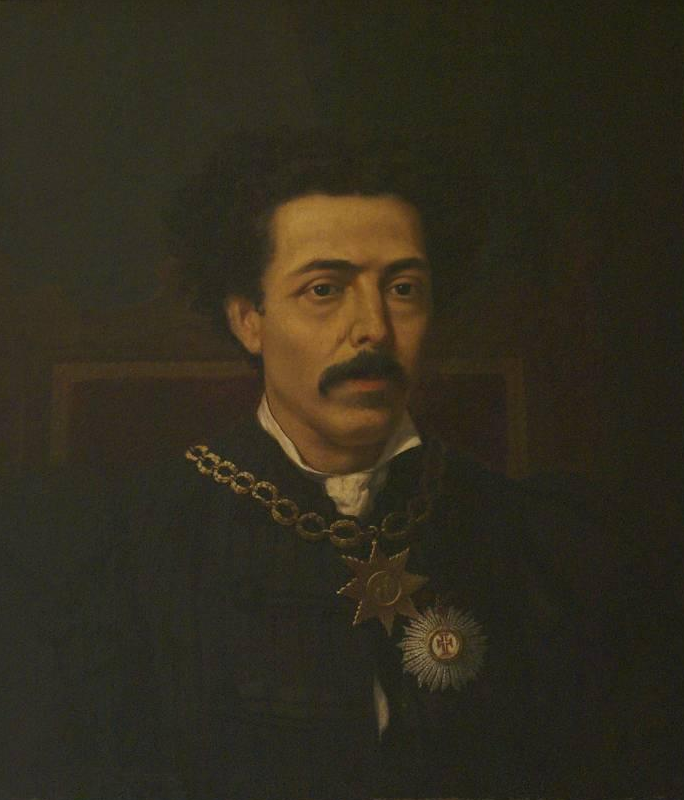
Born in Alhandra, Lisbon, in 1843, Dr Sousa Martins was a well-established physician known for his deep compassion and tireless service to the poor. Often treating patients for free, especially those suffering from tuberculosis, he became a national symbol of medical dedication and human kindness.
After his death in 1897, the people of Lisbon began leaving candles and plaques at his statue near Hospital de São José, thanking him for “miraculous cures”.
Though never canonised, he is still honoured as an unofficial saint across Portugal.
Padre Cruz
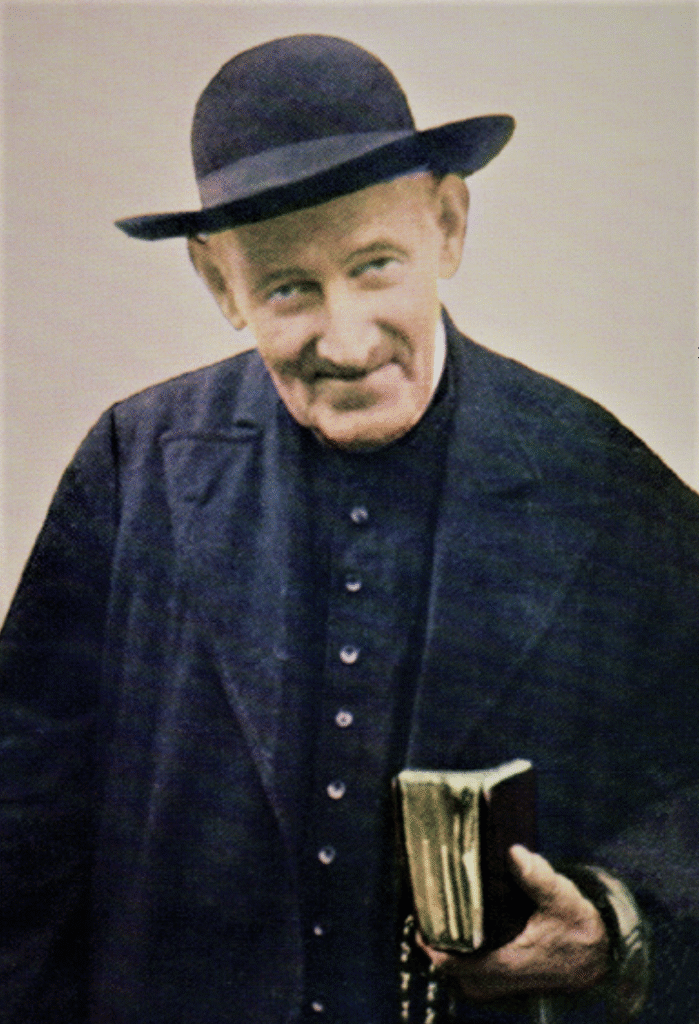
Francisco Rodrigues da Cruz, known simply as Padre Cruz, was born in 1859 in Alcochete, in Lisbon. He trained to become a priest. Later, he turned down high-ranking roles, choosing instead to walk from village to village to comfort the sick, feed the hungry, and hear confessions. He only carried a rosary and a heart full of compassion, having given away everything he owned, including his coat. When the children of Fátima spoke of seeing the Virgin Mary, Padre Cruz was one of the first clergy to believe them.
By the time he was 81, he had joined the Jesuits, thanks to a special blessing from the Pope. He died on 1 October 1948.
Princesa Santa Joana
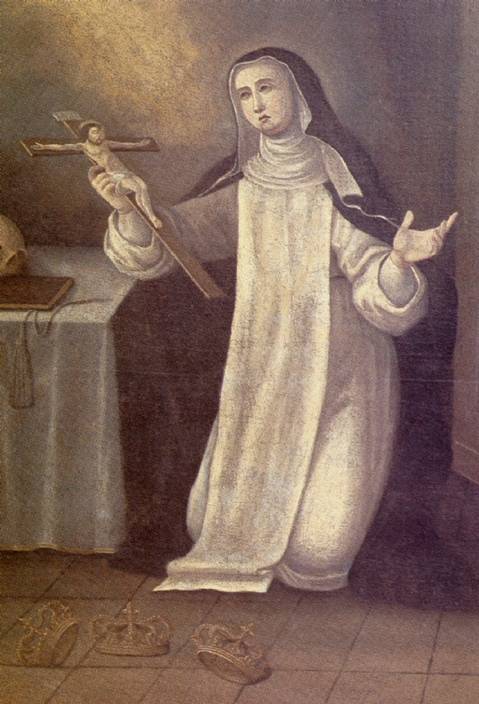
Born to King Afonso V in 1452 and briefly heir to the Portuguese throne, she refused numerous marriage proposals from European monarchs, determined to dedicate her life to God. In 1475, she entered the Convent of Jesus in Aveiro, and although she never took formal vows due to her royal status, she embraced the convent’s discipline and cared deeply for the poor. She died on 12 May 1490 and was beatified in 1693 by Pope Innocent XII. Today, she is honoured as the patroness of Aveiro.
Saint of the month: Saint Cecilia – 22 November. Patroness of music and musicians.
All images Public Domain: St. Anthony – by Maso di Banco c.1340; St. Isabel – by José Gil de Castro 1820; São João de Deus – by Bartolomé Esteban Murillo 1672; St. Theotonius – by Nuno Gonçalves c. 15th century; Saints Francisco & Jacinta Marto 1917; Padre Cruz 1940 by Alberto Carlos Lima


